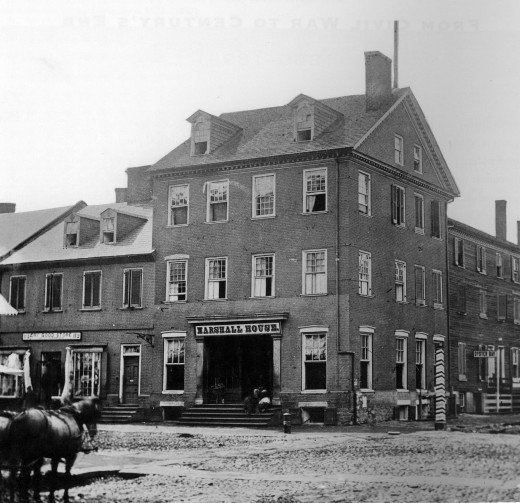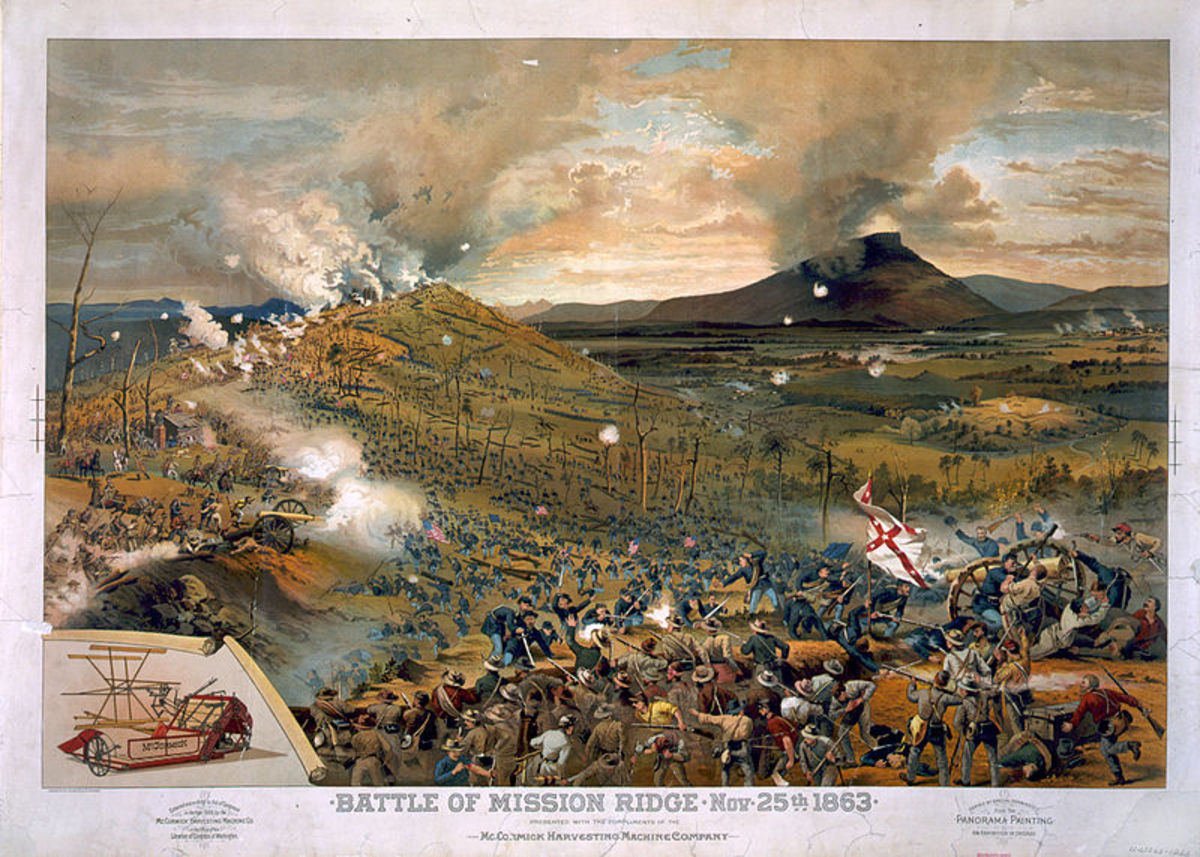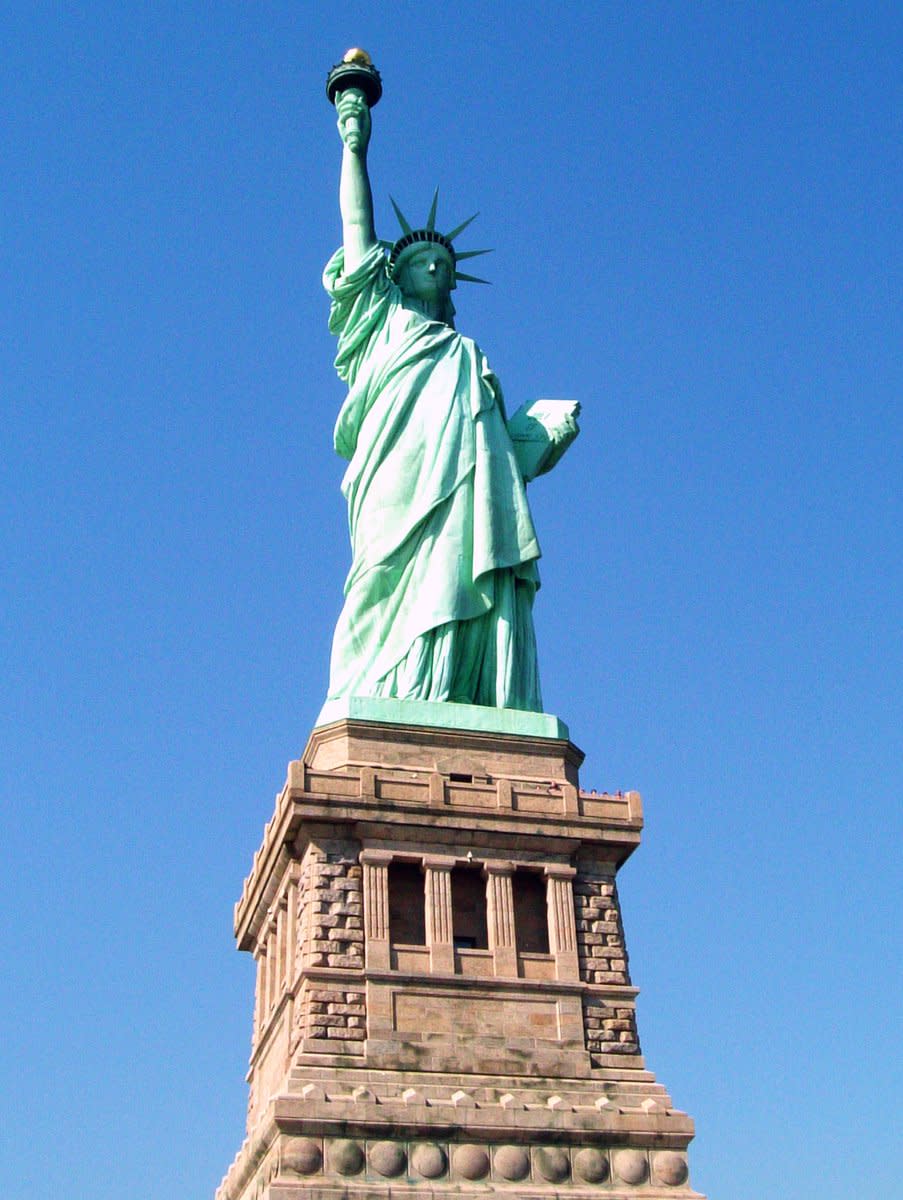The Civil War and death at Marshall House
The First Day of the Rest of the War
Elmer Ellsworth was a young law clerk in Chicago when he joined the National Guard Cadets. Quickly made colonel of cadets, he introduced flashy Zouave uniforms and trained the men in the drill techniques practiced by French troops in Algeria. In 1860, when he was 23, his national champion drill team performed in twenty cities around the country.
In August of that year he joined Abraham Lincoln's law office to study. He and Lincoln quickly became close friends, and when the lawyer decided to run for president, Ellsworth helped with his campaign, following the newly-elected president to Washington, where he was a frequent guest of the Lincolns.
The president found several jobs for his young protégé, but either Ellsworth didn't suit the work or the work didn't suit Ellsworth, until he went to New York City, where he formed a unit of firefighters into a new military unit, the 11th New York Fire Zouaves, complete with fancy uniforms and showy drill maneuvers.
When the Civil War broke out, Ellsworth, a 24-year-old colonel nationally known for his prowess on the parade ground, was eager to enter the fray.
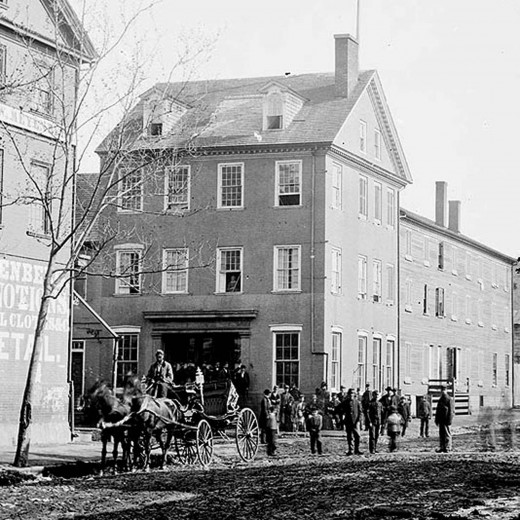
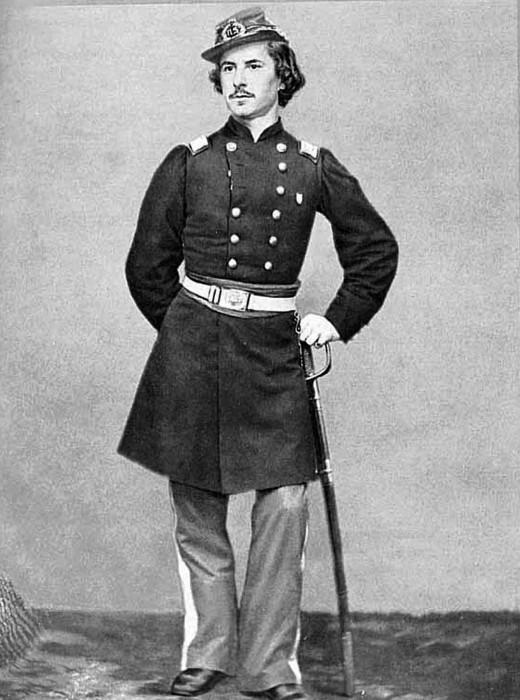
On May 23, 1861, Alexandrians voted to join Virginia in seceding from the Union. At daybreak the next morning, three river steamers carrying Ellsworth and his Zouaves the short distance from Washington to Alexandria landed at the docks at the bottom of King Street in Alexandria. Ellsworth and his men met no resistance, and Ellsworth divided his men into two squads, one to seize the railroads, the second, under his command, to capture the telegraph office.
As Ellsworth and his men crested the hill at King Street and Fairfax, he saw an oversized Confederate flag flying from the roof of the Marshall House Hotel. (Some reports maintain that Lincoln had seen the flag through his telescope.) The hotel, managed by an ardent and defiant secessionist named James W. Jackson, stood at the southwest corner of King and Pitt, a block west of City Hall. According to Edward House, a New York Tribune reporter, Ellsworth turned to his troops and said, "Boys, we must have that flag."
Ellsworth and seven men went to the hotel, where he encountered a man dressed only in shirtsleeves. When Ellsworth demanded of the man what sort of flag flew from the building's roof, the man replied that he was only a boarder and knew nothing of the flag. Ellsworth and his men bounded up the stairs to the top floor and ascended a ladder to the roof. Borrowing a knife from one of his men, Ellsworth cut down the flag and he and his men excitedly descended the stairs with their trophy.
Ellsworth was rolling the captured flag as he and his soldiers descended the staircase, with Private Francis Brownell at the head of the party. Just as Brownell reached the first landing, Jackson, the innkeeper, stepped from the shadows with a double barrel shotgun aimed at Ellsworth's chest.
Brownell lunged for Jackson, attempting to deflect the weapon with his own, but Jackson fired, striking Ellsworth in the heart. Jackson's second shot went wild, piercing the wall of one of the rooms. Ellsworth's body fell heavily forward on the landing and Jackson reeled back as Brownell shot him full in the face, killing him immediately. Before his body hit the floor, Brownell ran him through with his saber bayonet with sufficient force to propel Jackson down the second flight of stairs, where he lay face down on the next landing. But it was too late for Ellsworth, the first Union casualty of the war, and Jackson, the first Confederate martyr, as each lay face down, bleeding into the carpet.
President Lincoln burst into tears at the death of his beloved friend and ordered that Colonel Ellsworth's remains lay in state in the White House before being returned to New York for burial. Ellsworth's death became a rallying cry that brought thousands of new recruits to "Remember Ellsworth."
For his actions, Brownell received the Medal of Honor, the first awarded in the War Between the States.
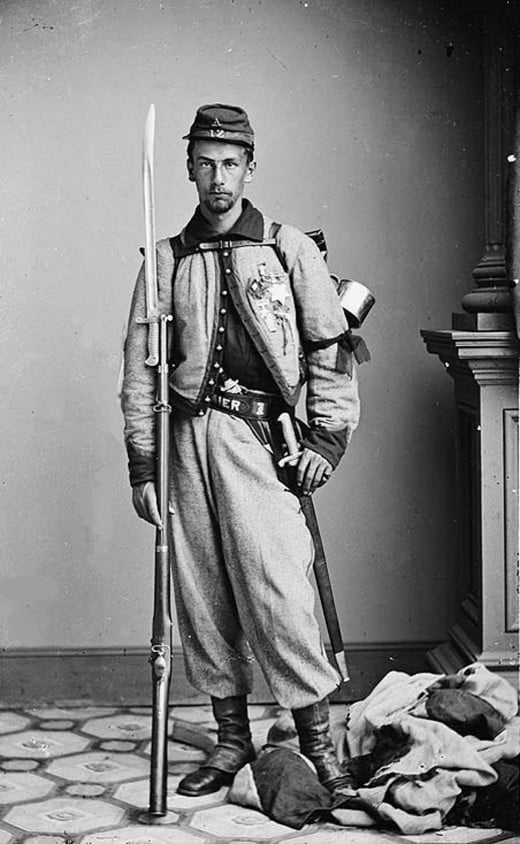
Marshall House
